
SAARC or BIMSTEC: Analysing an Ideal Prospect for Nepal
In an ideal scenario for Nepal, there would be no need to prioritize between the South Asian Association for Regional Cooperation (SAARC) and the Bay of Bengal Initiative for Multi-Sectoral Technical and Economic Cooperation (BIMSTEC). However, geopolitical, economic, and regional realities compel the nation to choose a more pragmatic approach. Nepal’s unique geography as a landlocked state underscores the importance of fostering regional cooperation, making these frameworks crucial. Over recent years, Nepal has gravitated towards BIMSTEC due to its actionable approach, broader scope, and promising prospects for regional growth. This article explores the historical evolution of these organisations, evaluates their contributions to Nepal, and examines why Nepal’s foreign policy increasingly centres on BIMSTEC.
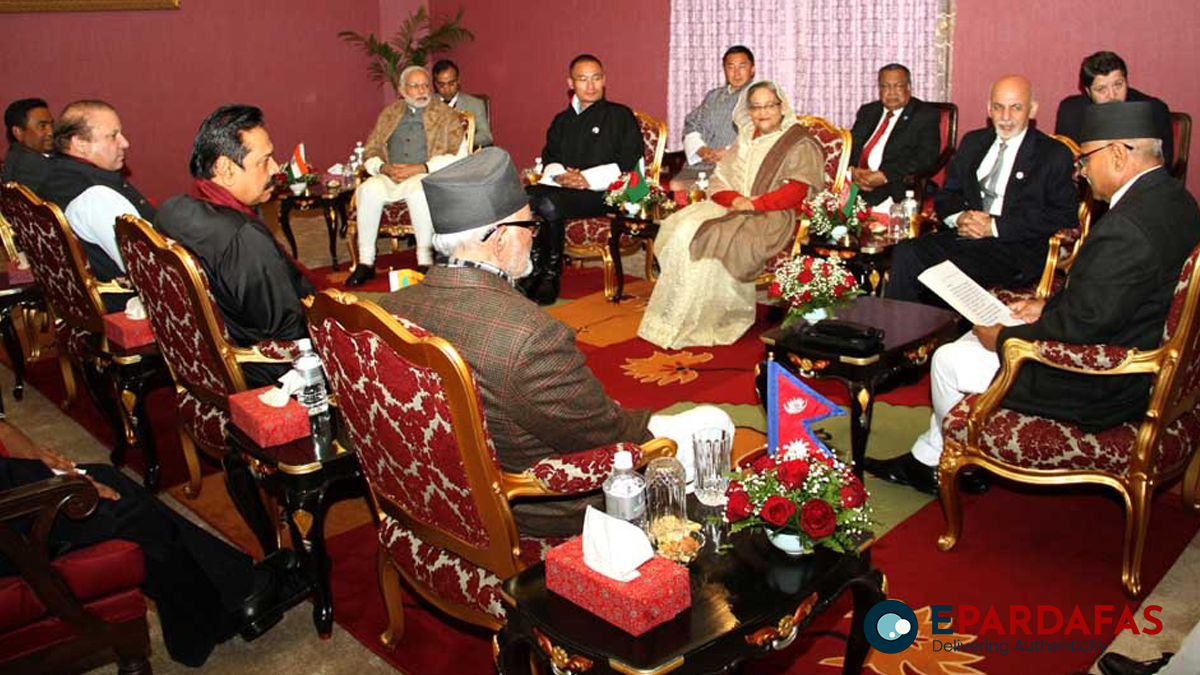
SAARC and BIMSTEC: A Historical Trajectory
SAARC was established in 1985 with eight member countries: Afghanistan, Bangladesh, Bhutan, India, the Maldives, Nepal, Pakistan, and Sri Lanka. Its primary goal was to foster regional cooperation and integration in South Asia, addressing shared challenges such as poverty, economic development, and social welfare. However, the organisation’s effectiveness has been undermined by political tensions, particularly between India and Pakistan.
In contrast, BIMSTEC, founded in 1997, connects South Asia with Southeast Asia. Its seven members—Bangladesh, Bhutan, India, Myanmar, Nepal, Sri Lanka, and Thailand—collaborate across 14 priority sectors, including trade, energy, transport, and disaster management. Unlike SAARC, BIMSTEC is not burdened by entrenched rivalries, allowing it to focus on pragmatic, actionable goals. Nepal joined BIMSTEC in 2004, recognising its potential to complement Nepal’s developmental needs and align with its foreign policy objectives, free from the regional insecurities of South Asia.
Nepal and SAARC
Nepal’s early engagement with SAARC was marked by high optimism. As a founding member, Nepal sought to leverage SAARC to overcome the challenges of being landlocked and to drive economic integration in South Asia. Notable contributions from SAARC include the SAARC Development Fund (SDF), which has supported projects in education, health, and infrastructure. The South Asia Free Trade Area (SAFTA) also aimed to boost regional trade and connectivity.
However, SAARC’s overall performance has been disappointing. Nepal’s proposals for transboundary railways and energy corridors within the SAARC framework have seen minimal progress. Repeated postponements of SAARC summits, including the 2014 summit hosted by Nepal, have further highlighted the organisation’s stagnation. Persistent political differences, especially between India and Pakistan, have rendered SAARC largely dysfunctional, limiting its ability to meet Nepal’s urgent connectivity and trade requirements.
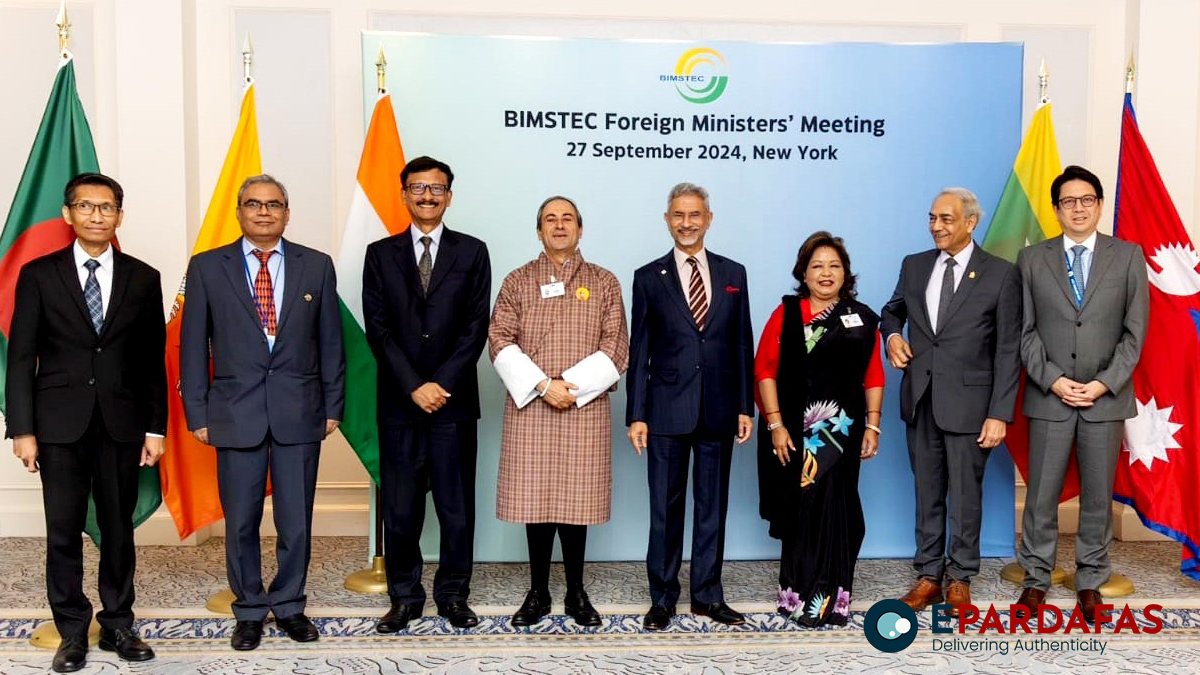
BIMSTEC and Nepal
In contrast, BIMSTEC has emerged as a dynamic platform bridging South and Southeast Asia. ASEAN’s success in achieving economic integration serves as a model for BIMSTEC, which focuses on infrastructure, energy, and connectivity—areas aligned with Nepal’s development priorities.
One of BIMSTEC’s key initiatives is the Transport Connectivity Master Plan, aimed at integrating road, rail, and port networks across member states. This is particularly significant for Nepal, offering alternative trade routes through Bangladesh and Myanmar and reducing its dependence on Indian ports. Nepal’s growing partnership with Bangladesh to utilize the Mongla and Chittagong ports illustrates BIMSTEC’s potential to enhance Nepal’s trade connectivity.
Nepal’s hydroelectric potential further underscores the importance of BIMSTEC. The BIMSTEC Grid Interconnection Project envisions a regional energy grid, enabling Nepal to export surplus electricity to energy-deficient countries like Bangladesh and Myanmar. Existing agreements with India and Bangladesh for hydropower exports can be scaled under the BIMSTEC framework. Additionally, the proposed BIMSTEC Free Trade Agreement (FTA) promises to reduce trade barriers and expand Nepal’s market access to Southeast Asia. Products such as herbs, tea, and handicrafts could find new markets in Thailand and Myanmar under the FTA.
Conclusion
Regional cooperation hinges on geopolitical realities, political foresight, and mutual compromise. Historical examples such as the European Union and ASEAN illustrate how regional organisations can transform economic landscapes and foster political stability. In contrast, SAARC’s prolonged inefficacy highlights its inability to achieve significant growth despite its long-standing existence.
BIMSTEC, with its pragmatic approach and broader regional scope, offers a more promising avenue for Nepal. As a founding member of SAARC, Nepal’s emotional attachment to the organisation is understandable. However, pragmatic considerations demand that Nepal prioritise its engagement with BIMSTEC to realise its developmental objectives and enhance its regional connectivity. Expanding BIMSTEC’s reach to include additional Southeast Asian countries could further strengthen its potential as a platform for regional integration and growth.
Harsh Pandey is a PhD Candidate at the School of International Studies, JNU, New Delhi.

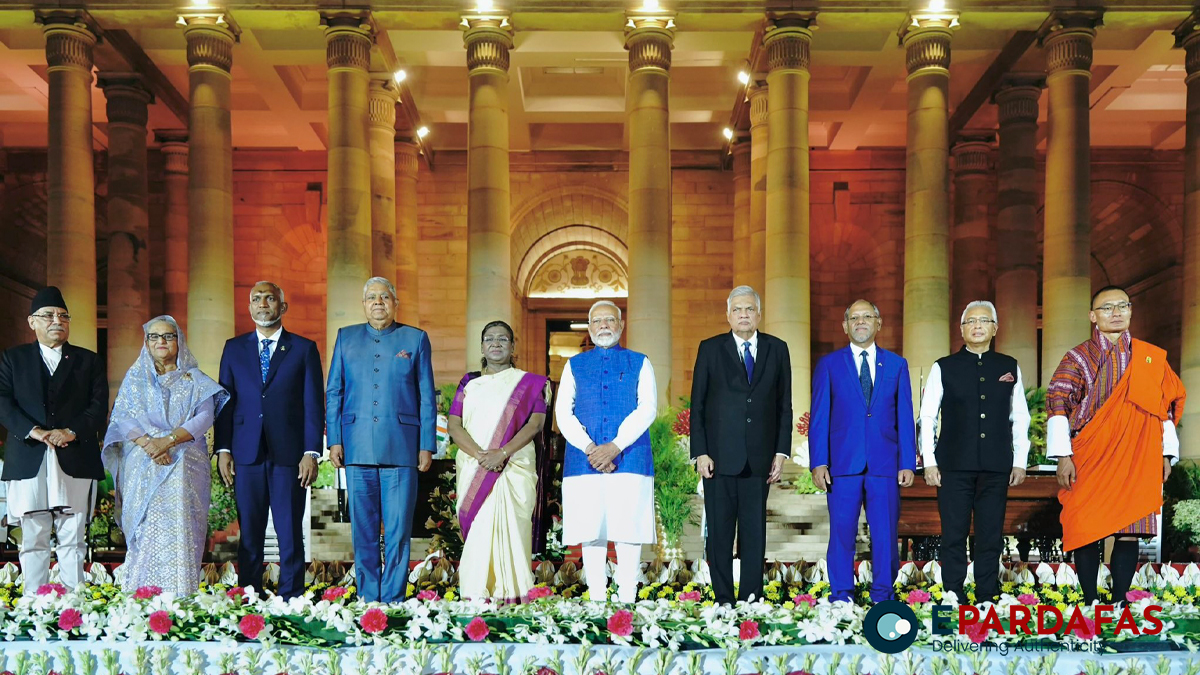






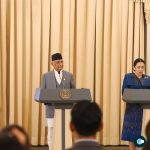

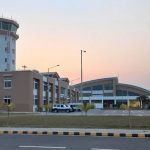



Comments